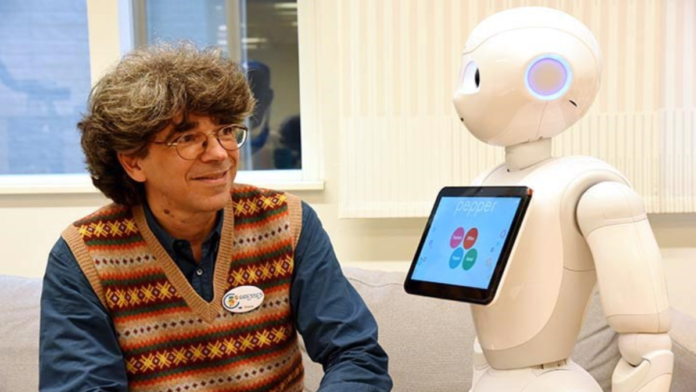Artificial intelligence has made its way into various industries, and healthcare is no exception. One of the major issues in this sector is the widening gap between the number of elderly people needing assistance and the thinly stretched caregivers.
The compounded annual growth rate (CAGR) of geriatric care services is forecasted to be over 6.3% from 2023 to 2030. This emphasizes the need for innovative solutions that ensure the well-being of senior citizens and alleviate the burden on healthcare providers.
Machine learning experts worldwide have tapped into this problem as an opportunity and developed AI bots to improve the quality of life for aging people. These intelligent robots can help by providing companionship, sounding reminders for everyday activities, monitoring vital signs, and more.
Japan has long been invested in AI model development and has created several robot caregivers such as RIBA, PALRO, Pepper, PARO, and Robear. RIBA stands for Robot for Interactive Body Assistance. As the name suggests, this bot is used to lift and transfer humans to or from beds or wheelchairs. PARO is a therapeutic seal-shaped robot that responds to touch and sound. It provides companionship and helps people deal with dementia, loneliness, PTSD, and developmental disorders.
PARLO and Pepper are humanoid robots designed to engage in conversations, set reminders for medicines, and monitor vital signs. Similarly, USA has also built ElliQ (a socially intelligent robot), Robin the Robot, and Aethon robots (for automated logistics and transportation tasks).
Read More: Optimus Gen-2, Second Generation Humanoid Robot Unveiled by Tesla
South Korea has also developed HUBO (a humanoid robot) and Hyodol to improve caregiving for the elderly. Hyodol, in particular, offers personalized care by facilitating 24/7 voice reminders, music therapy, and dementia-fighting exercises. Additionally, it alerts the guardians if there’s inactivity beyond a specific period.
With 138 million people over 60, even India is exploring innovative solutions to raise the standards for elderly care. Charlie, developed by Achala Health Services, is one of the first assistive robots for geriatric nursing. It provides multi-language voice assistance, a pill dispenser, a blood pressure and pulse reading feature, safety and security through smart homes, and more.
Apart from these countries, Germany, China, France, and many other countries are working towards improving the lifestyle of the elderly. While these advancements can definitely increase the efficiency of the caregiving process, they also raise ethical concerns.
Can robots truly replace human care, or will it lead to a backlash in the long run?


